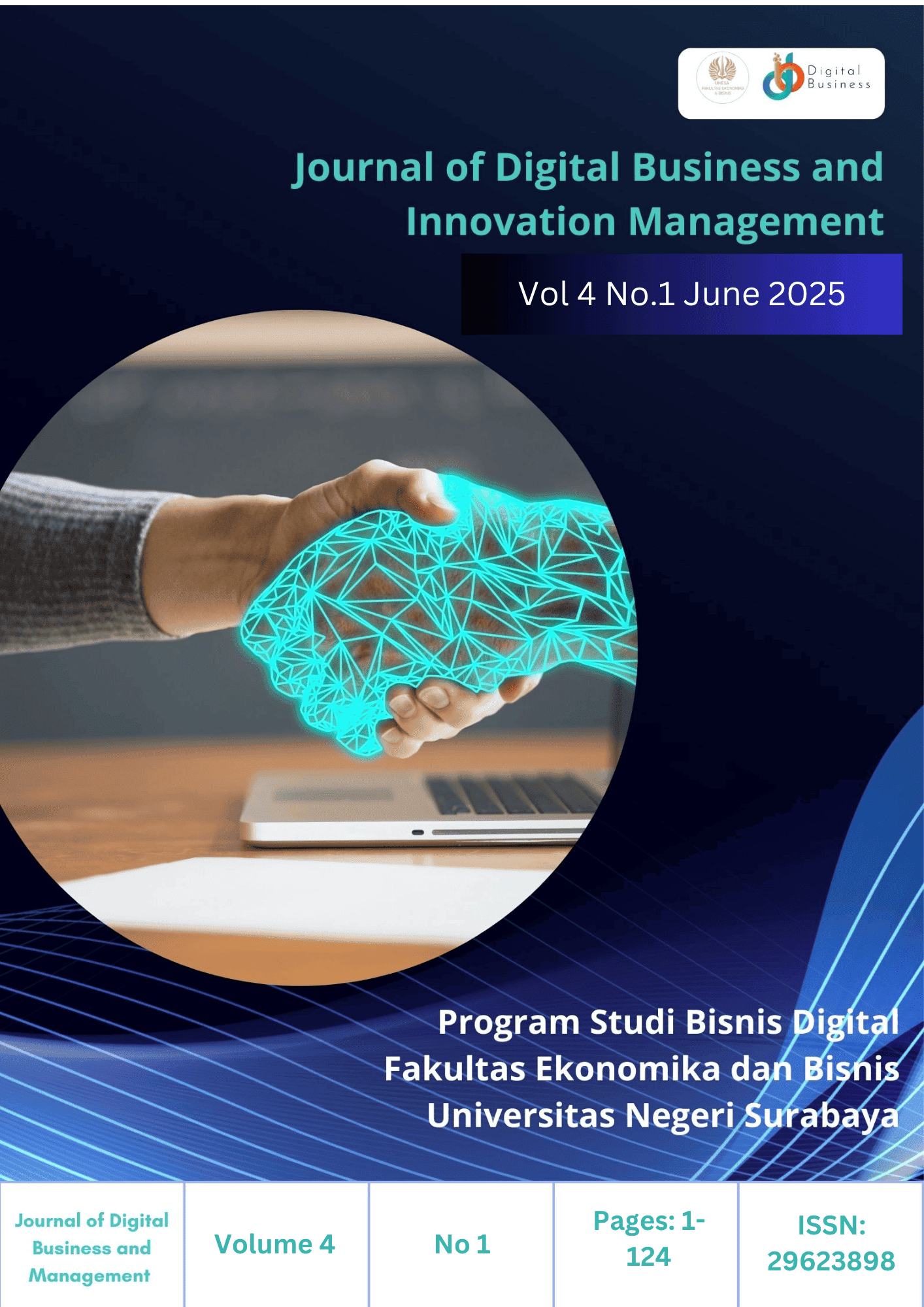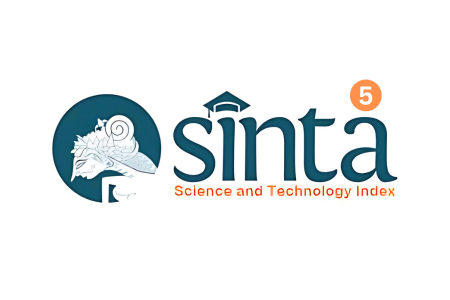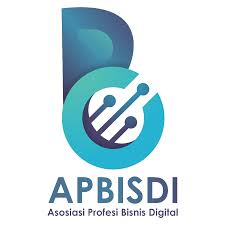Iterative UI/UX Design in Environmental Social Governance Website Development: A Case Study of Financial Park Labuan SDN. BHD.
Keywords:
ESG, UI/UX, Transparency, SDLC Prototyping, SustainabilityAbstract
This study aims to develop an interactive and responsive Environmental, Social, and Governance (ESG) website grounded in User Interface and User Experience (UI/UX) design principles to improve transparency, reporting efficiency, and stakeholder engagement at Financial Park Labuan Sdn. Bhd. The company is currently facing challenges in maintaining its competitiveness due to increasing demands for effective ESG implementation and communication. To address these issues, the development process adopted the Prototyping-based System Development Life Cycle (SDLC), allowing iterative testing and refinement based on user feedback. A quantitative approach was employed using surveys to evaluate user satisfaction and website usability. The findings from the survey revealed that the newly developed ESG website significantly enhances the accessibility of ESG-related information, strengthens stakeholder trust, and fosters active community engagement in sustainability initiatives. These outcomes suggest that incorporating user-centered digital solutions can support corporate efforts in meeting ESG standards while also improving public perception and organizational performance.
Downloads
References
Ammann, P., & Offutt, J. (2016). Introduction to Software Testing (2nd ed.). Cambridge University Press.
Bangor, A., Kortum, P. T., & Miller, J. T. (2008). An empirical evaluation of the System Usability Scale. International Journal of Human-Computer Interaction, 24 (6), 574–594.
Beizer, B. (1995). Black-Box Testing: Techniques for Functional Testing of Software and Systems. John Wiley & Sons.
Brooke, J. (1996). SUS: A “quick and dirty” usability scale. In P. W. Jordan, B. Thomas, B. A. Weerdmeester, & A. L. McClelland (Eds.), Usability Evaluation in Industry (pp. 189–194). Taylor & Francis.
Clark, G. L., Feiner, A., & Viehs, M. (2015). From the stockholder to the stakeholder: How sustainability can drive financial outperformance. University of Oxford.
Creswell, J. W. (2014). Research Design: Qualitative, Quantitative, and Mixed Methods Approaches (4th ed.). SAGE Publications.
Deloitte. (2021). 2021 Climate Check: Business’ Views on Environmental Sustainability. Deloitte Insights.
Deloitte. (2021). The ESG Imperative: The Future of Sustainability Reporting. Deloitte Insights.
Eccles, R. G., Ioannou, I., & Serafeim, G. (2019). The impact of corporate sustainability on organizational processes and performance. Management Science, 60 (11), 2835–2857.
Eccles, R. G., & Klimenko, S. (2019). The investor revolution. Harvard Business Review, 97 (3), 106–116.
Eccles, R. G., & Krzus, M. P. (2018). The Nordic model: An analysis of leading practices in ESG disclosure. Nordic Journal of Business.
Eccles, R. G., & Serafeim, G. (2013). The performance frontier: Innovating for a sustainable strategy. Harvard Business Review, 91 (5), 50–60.
Fatemi, A., Fooladi, I., & Tehranian, H. (2018). Valuation effects of corporate social responsibility. Journal of Banking & Finance, 59, 182–192.
Fatemi, A., Glaum, M., & Kaiser, S. (2018). ESG performance and firm value: The moderating role of disclosure. Global Finance Journal, 38, 45–64.
Friede, G., Busch, T., & Bassen, A. (2015). ESG and financial performance: Aggregated evidence from more than 2000 empirical studies. Journal of Sustainable Finance & Investment, 5 (4), 210–233.
Garrido, M., & Poon, W. (2021). Plastic waste management practices in Asia. Environmental Science & Policy, 123, 45–54.
Garrido, P., & Poon, P. (2021). Embedding ESG and sustainability into IT strategy: A guide for CIOs. Gartner Research.
Giese, G., Lee, L.-E., Melas, D., Nagy, Z., & Nishikawa, L. (2019). Foundations of ESG investing: How ESG affects equity valuation, risk, and performance. The Journal of Portfolio Management, 45(5), 69–83.
Grewal, J., Hauptmann, C., & Serafeim, G. (2020). Material sustainability information and stock price informativeness. Journal of Business Ethics, 154 (4), 1105–1126.
Grewal, J., Serafeim, G., & Yoon, A. (2020). Shareholder activism on sustainability issues. Organization & Environment, 33 (4), 590–614.
Hair, J. F., Black, W. C., Babin, B. J., & Anderson, R. E. (2010). Multivariate Data Analysis (7th ed.). Pearson Education.
Husin, N., Budiyanto, A., Karjono, A., Christiningrum, M. F., & Yurindera, N. (2023). Analyzing the Non-Fungible Tokens (NFT) Implementation in Digital Music Industry: A Mix Method Study. UPT Mataram University Press.
Husin, N., Hidayanto, A. N., Purwandari, B., & Ibrahim, R. M. S. (2023). Analysis on Digital Music Service User Behaviour Using Justice Perception Framework. UPT Mataram University Press.
Husin, N., Kharisma, F., Hadi, H. K., & Arifah, I. D. C. (2023). Technology Readiness Measurement in Middle-Level School Learning for Business Process Reengineering to Support Digital Learning. UPT Mataram University Press.
Husin, N., Safitri, A., Rahman, M. F. W., Kharisma, F., & Rauf, U. A. A. (2023). AI ChatGPT in Academic Information Technology Engineering to Increase the Engagement of Extracurricular Performance from Students with Disabilities. UPT Mataram University Press.
Khan, M., Serafeim, G., & Yoon, A. (2016). Corporate sustainability: First evidence on materiality. The Accounting Review, 91(6), 1697–1724.
KPMG. (2020). The Time Has Come: The KPMG Survey of Sustainability Reporting 2020. KPMG International.
Myers, G. J., Sandler, C., & Badgett, T. (2011). The Art of Software Testing (3rd ed.). John Wiley & Sons.
Pressman, R. S. (2014). Software Engineering: A Practitioner's Approach (8th ed.). McGraw-Hill Education.
Safitri, A., Husin, N., Fazlurrahman, H., Dhenabayu, R., & Kautsar, A. (2023). Variable on SME Fashion Industry with NFT Blockchain as the Design Protection and Counterfeiting Measurement Using Narrative Analysis. UPT Mataram University Press.
Saunders, M., Lewis, P., & Thornhill, A. (2019). Research Methods for Business Students (8th ed.). Pearson Education Limited.
Sauro, J. (2011). Measuring usability with the System Usability Scale (SUS).
Sugiyono. (2017). Metode Penelitian Kuantitatif, Kualitatif dan R&D.
Tullis, T. S., & Stetson, J. N. (2004). A comparison of questionnaires for assessing website usability. Usability Professional Association Conference.
Zhao, D., Zhang, X., & Wang, F. (2019). User-centered design in digital platform development: A case study in ESG reporting. International Journal of Human-Computer Studies, 128, 1–12.

Downloads
Published
How to Cite
Issue
Section
License
Copyright (c) 2025 Journal of Digital Business and Innovation Management

This work is licensed under a Creative Commons Attribution 4.0 International License.
 Abstract views: 114
,
Abstract views: 114
, PDF Downloads: 88
PDF Downloads: 88






